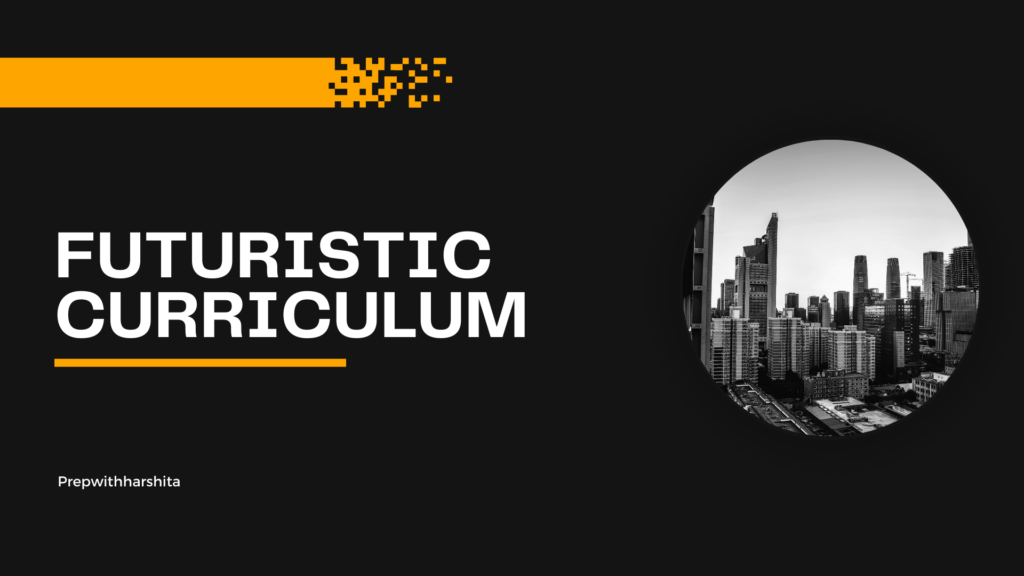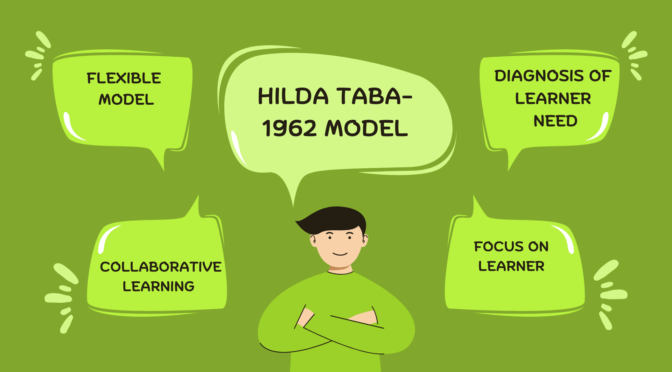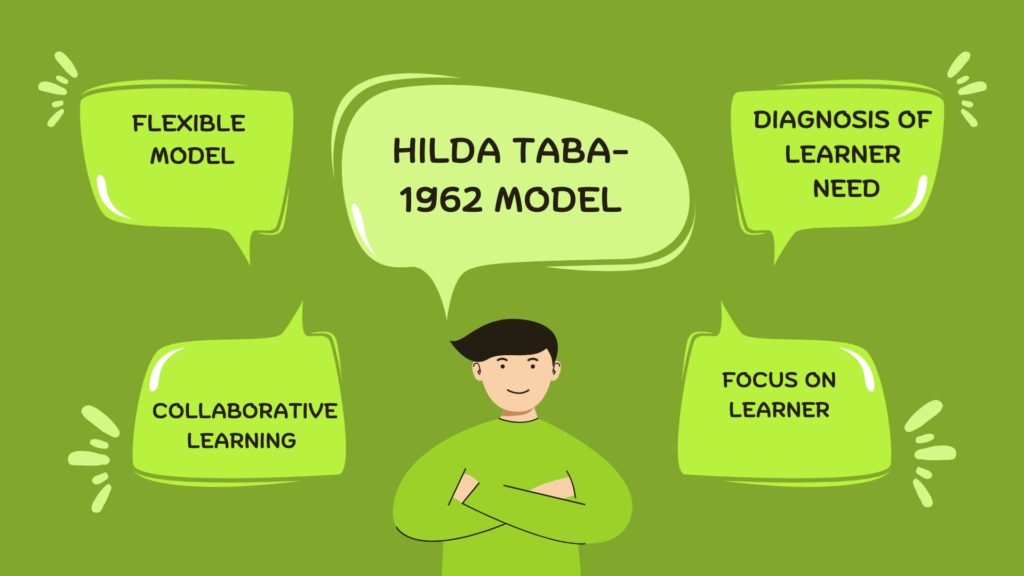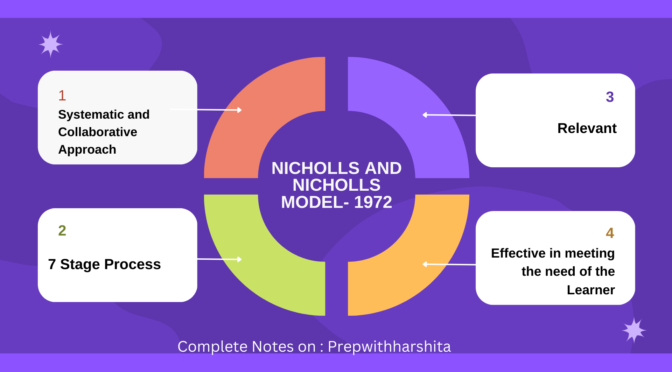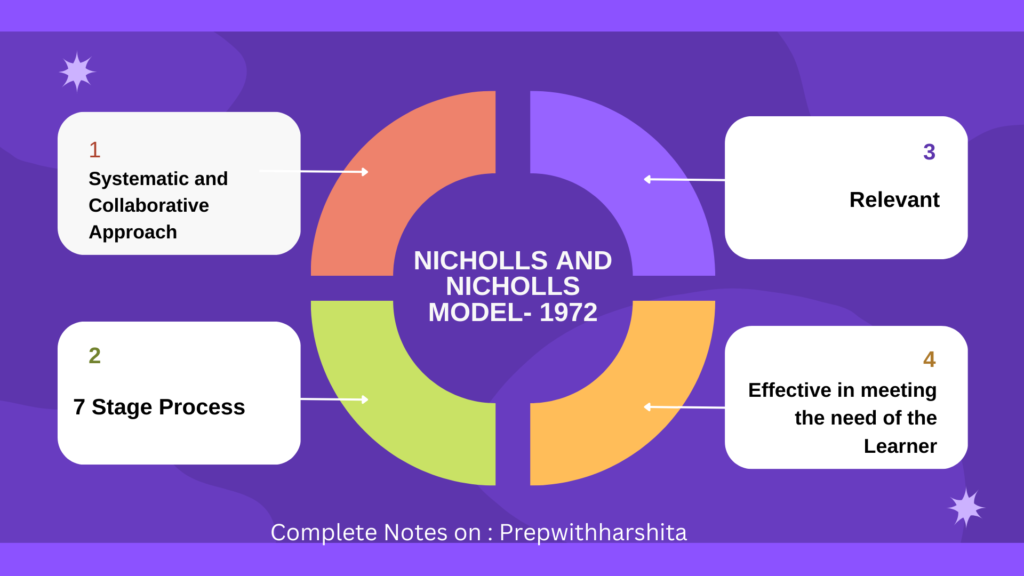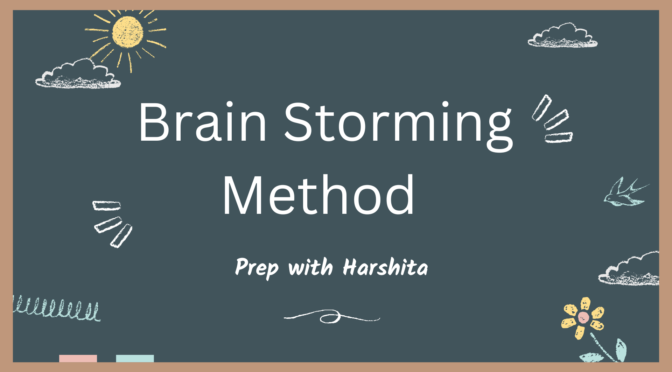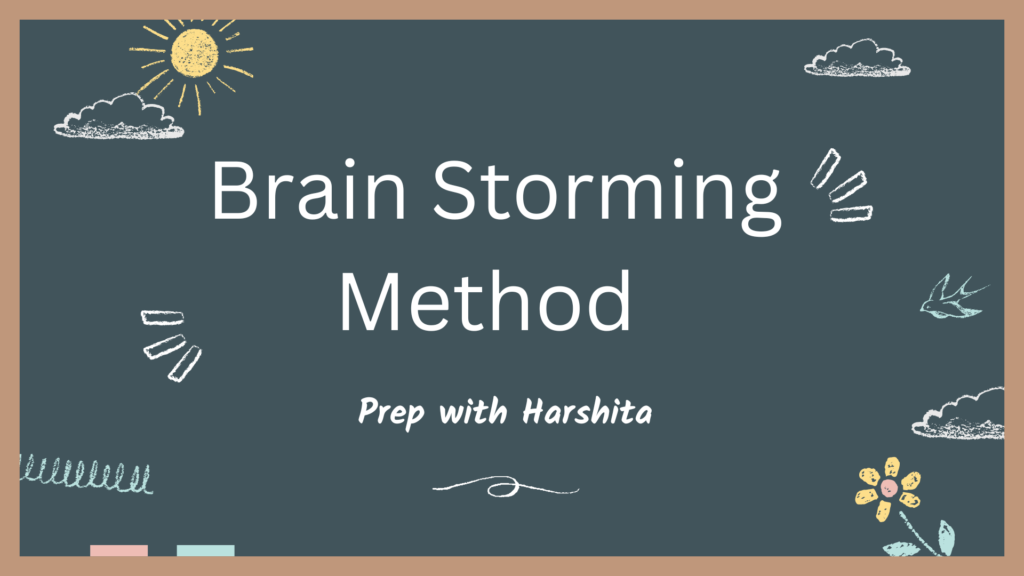A futuristic model of curriculum would aim to prepare students for the rapidly changing and modified world of the 21st century. This model would focus on the development of skills such as critical thinking, problem-solving, collaboration, communication, creativity, and adaptability, as these skills are essential for success in today’s workforce and society.
- The curriculum is designed is flexible and responsive to changes in technology, society, and the economy. It would be interdisciplinary and cross-cultural, incorporating multiple perspectives and encouraging students to think globally.
- The curriculum also focuses on lifelong learning, with a strong emphasis on the development of self-directed learning skills.
- The curriculum would incorporate practical, real-world experiences that enable students to apply their knowledge and skills to real-world problems. These experiences could include internships, community service projects, and entrepreneurship programs so that the students can be prepared for future and changing needs.
- Assessment in this futuristic model of curriculum would be diverse and multi-dimensional, including performance-based assessments, project-based assessments, and traditional tests. An assessment would also focus on the development of skills, rather than just content knowledge.
- The curriculum incorporates multiple perspectives and encourages students to think globally.
- The curriculum is designed to be flexible and responsive to changes in technology, society, and the economy.
- The curriculum prioritizes practical, real-world experiences that enable students to apply their knowledge and skills to real-world problems.
Also Read: Hilda Taba Model
